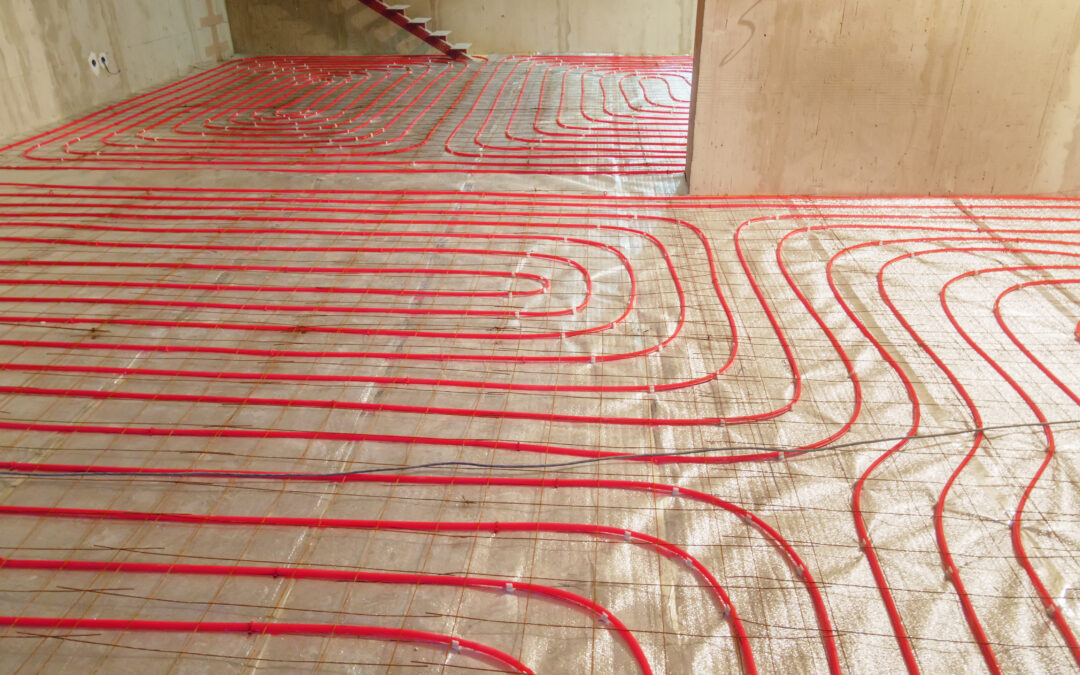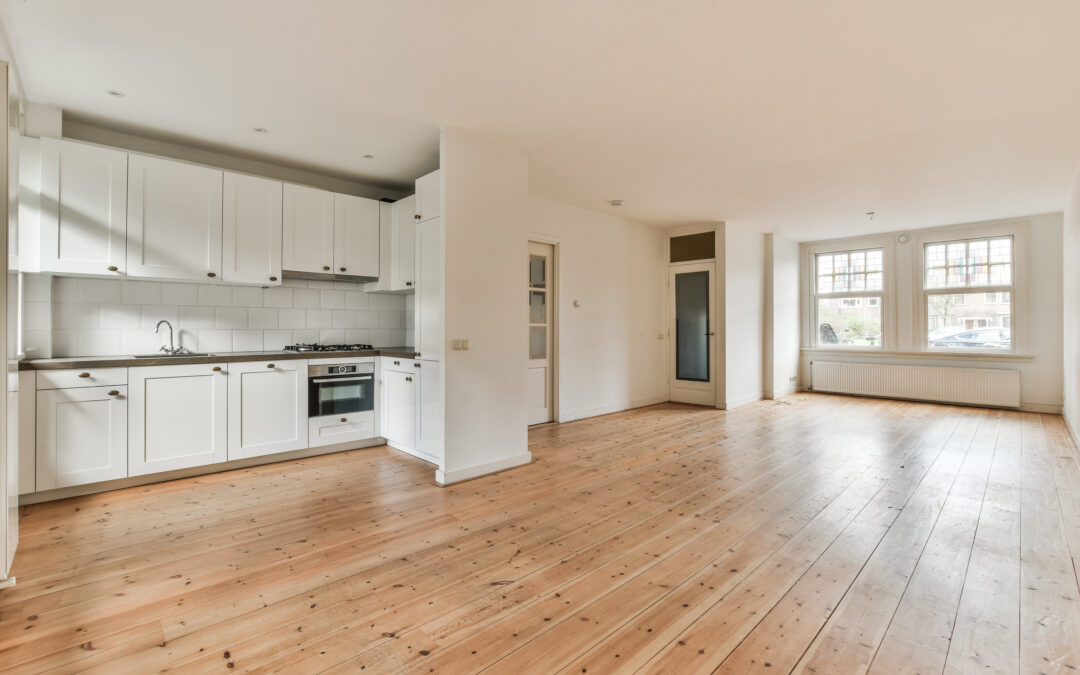Over time, even the best looked after hardwood floors will begin to show some wear and tear. For families that have kids and pets, flooring goes through quite a bit, including scratches. In high-traffic areas, flooring receives quite a beating over time. And the UV light from the sun can cause hardwood floors to change colour.
While it’s possible to make your floors look beautiful and last longer with regular maintenance, over time, they will eventually need to be refinished.
Some people choose to refinish hardwood floors on their own; however, if you have the budget, we highly recommend that a professional come in to refinish your floors. You can then rest assured that the work has been done correctly, and your newly refinished floors will remain stunning for years to come.
No matter if you do the work yourself or hire a professional, it’s best to understand the process of refinishing, including why it’s necessary and how the work is done correctly.
Why Do Hardwood Floors Need to Be Refinished?
Hardwood floors need to be refinished in order to restore the wood back to its original colour and condition. You may want to consider refinishing the floors if you plan on selling your home. With refinished floors, your home will look fresh and new.
Another reason to refinish hardwood flooring is that it wears down over time. Normal wear and tear can result in scratches, scuffs, stains, and other issues. Refinishing makes your floors look like new, giving your entire house an update.
If you’ve recently bought a period home that has hardwood floors, you may also want to refinish. Aged hardwood floors are prized; however, they can look old and dingy. In that case, it may be possible to revive the original floors by having them refinished. This preserves the original flooring and keeps you from having to spend even more to put in new floors.
Signs It’s Time to Refinish Your Hardwood Floors
How do you know when it’s time to refinish hardwood floors? Here are some signs that let you know it’s time to renew your floors:
- The flooring has large scratches and marks
- Water damage
- Nail heads are sticking out of the floor
- Wood discolouration
- Excess wear and tear (scuffs, stains, and more)
- Creating/moving floorboards
- You’re ready for something new
How Often Should Hardwood Floors Be Refinished?
The truth is that hardwood floors should not be refinished too often. If they’re well-maintained, wood floors can last for many years before they need to be refinished. The problem is that each time the floors are refinished, a thin layer of the wood is removed. Over time, this can lead to compromising the structural integrity of the flooring.
Solid hardwood flooring can be refinished up to ten times before they need to be replaced. That’s why hardwood floors are such a great investment. The floors should only need to be refinished every seven to ten years, which means hardwood flooring could last up to seventy years from the date they’re installed.
How to Prepare Hardwood Floors for Refinishing
Whether you’re doing the work yourself or hiring a professional, there are some things that need to be done to prepare the floors for refinishing. It can take an entire day to prep the floors for this process.
1. Clean the Floors
Start by cleaning the hardwood flooring to remove dirt, dust, and stains (when possible). When the floors are clean, it’s much easier to inspect them.
Once the flooring is cleaned, take a look at it. Are you happy with the current colour, or would you like to change it? If you want to change it, now’s the time to buy a new stain for the flooring.
2. Inspect the Floors
Inspect the hardwood flooring for any issues, such as large scrapes, scuffs, and marks. These are areas that will need more attention than surrounding flooring.
3. Repair the Flooring
After the inspection, it’s time to repair the hardwood flooring. This may involve filling cracks, replacing/repairing damaged boards, and ensuring all nails are flush with the flooring’s surface. This ensures that no damage will be done to the equipment and tools used for refinishing floors.
4. Sand Down the Floors
The hardwood flooring is now ready to be sanded down. If you’re doing the refinishing work as a DIY project, you may want to hire a professional to sand the floors. Specialised equipment is needed for this process.
Before starting this step, ensure that all rooms being refinished are closed off from the rest of the house. This keeps the dust and dirt from going into the rest of the house. That means an easier cleanup and fewer problems for anyone in your home who may have allergies and asthma.
It’s necessary to run the belt sander over the floor about five times. Each time, use a finer grit sandpaper and avoid holding the sander in one place for too long. Otherwise, you may accidentally remove too much of the flooring’s surface in one spot, causing damage to the floor. The floor will also look uneven if it’s sanded too much in one spot.
5. Clean Up Dust & Dirt
Now you’re ready to clean up the dust and dirt from sanding. It’s OK to use a vacuum or a broom to clean the floor.
Also, be sure to avoid dropping any water or other liquids on the floorboards after they’ve been sanded. This can cause a stain in the wood that can’t be removed.
Finally, the floor must be buffed to clean it further and relax the wood fibres. This is crucial as it makes the floor ready for the final application of lacquer or oil.
How to Refinish a Hardwood Floor
Once the floors have been prepared, it’s now time to apply the stain (if you’re changing the colour of the wood). Allow the stain to dry for at least twelve hours after it’s applied. It must be dry before applying the finish.
If you plan on applying a final lacquer, we recommend using a primer first. The primer helps the lacquer to stick to the surface of the flooring. Each coat of lacquer takes about four hours to completely dry before another coat can be added.
After that, it takes about 24 hours before you can bring the furniture back into the room and start using your renewed hardwood floors again.
Summing It Up
While there are many steps involved, the entire process can take about two days to refinish your hardwood floors.
Refinishing hardwood flooring is a great way to restore its beauty, lengthen the life of your floors, and increase the value of your home.



